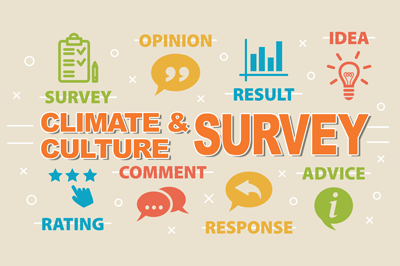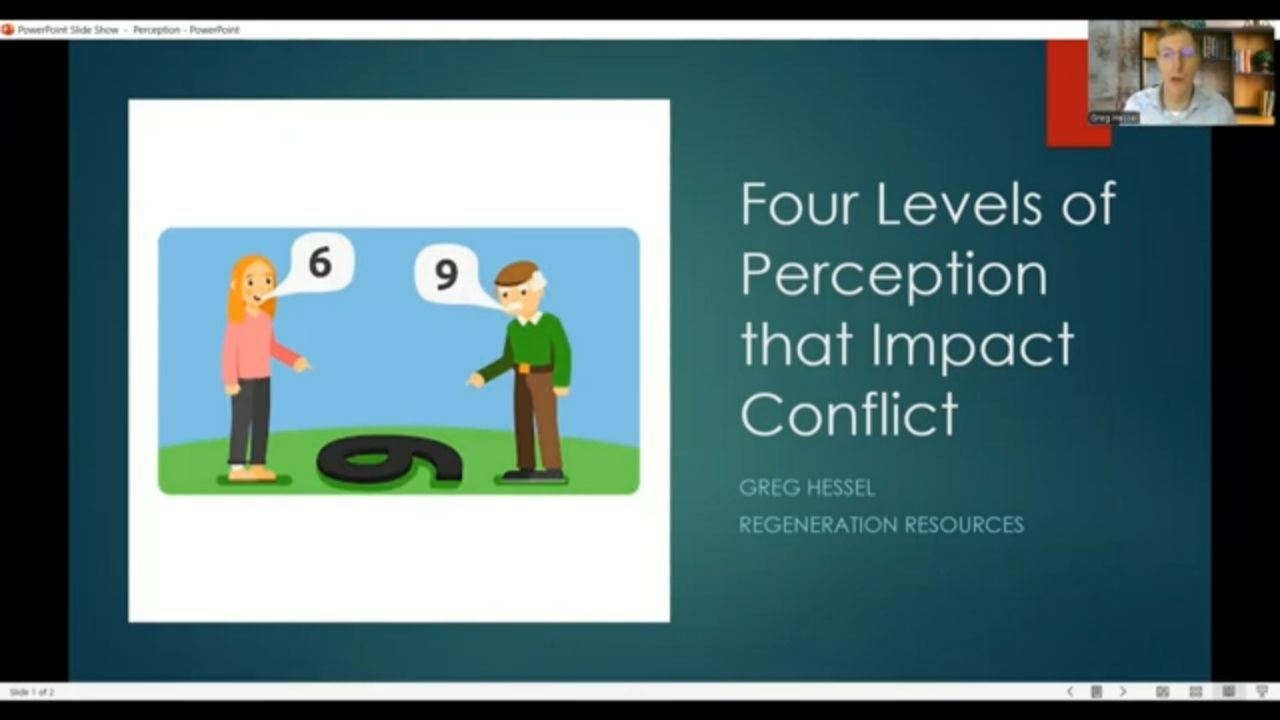Strategic Planning Tools: How Our Climate Survey Can Help
How to Develop Strategies to Improve Retention and Morale

Most of my clients are struggling to hire and retain employees. Our climate survey gives them the data to develop effective strategies to do that better. Here is an overview of the instrument.
Why a Climate Instrument?
Given current staffing shortages, many organizations are concerned with improving retention and cutting costs associated with vacant positions and recruiting, few have the hard data to know exactly how to do so. After working with numerous clients who were struggling to assess their workplace climates and improve retention without having sound and reliable data, ReGeneration Resources developed this instrument, which combines the scientific rigor of quantitative analysis with the depth and breadth of qualitative analysis.
What Specifically is This Instrument?
Our climate survey is a 50-item, thirteen-facet scale that assesses employee attitudes about different aspects of their jobs. Because the instrument measures both job satisfaction and intentions of staying with an employer, regression analysis can be used to determine which of the 13 facets best predicts retention. We use the instrument to benchmark current employee satisfaction levels and identify the best leverage points in efforts to improve retention and morale.
Instrument Benefits?
This instrument offers:
- The ability to identify scientifically valid leverage points upon which sound retention strategies can be built
- The ability to customize by adding or taking away variables
- Benchmarking of current employee satisfaction in as many as 14 areas
- Scientifically reliable and valid results
- Cost-effective methods to gain knowledge and improve retention
More about the Instrument
The survey measures employee satisfaction on 10 job satisfaction variables (pay, supervision, fringe benefits, coworkers, communications, work/life balance, leadership, supervision, input into relevant decisions, non-compensation rewards, and professional development). We assess each variable with between three or five questions, with six choices per question ranging from "strongly disagree" to "strongly agree". A cumulative total satisfaction score is also calculated. Dependent variables measuring employees’ commitment to the organization, morale, and overall likelihood of recommending the workplace to others are also measured.
The qualitative aspect of the Climate Survey
The instrument ends with a few open-ended questions to add depth and context to the quantitative questions.
Analysis
In addition to looking at which variables are high and low, regression analysis is run to explore which variables are most important (most strongly correlated to dependent variables).
See more strategic planning blogs/vlogs
See more assessment blogs/vlogs
Learn more about our strategic planning services
Learn more about our assessment services
Every few months I produce a free newsletter. No Spam. Unsubscribe anytime.
For a taste, view the archives
SUBSCRIBE
Blogs and vlogs are sorted by topic at the bottom of each service page
STRATEGIC PLANNING
CHANGE MANAGEMENT
CONFLICT MANAGEMENT
TEAM BUILDING
ASSESSMENTS
EXECUTIVE COACHING
IMPROVING EFFICIENCY
BOARD DEVELOPMENT




